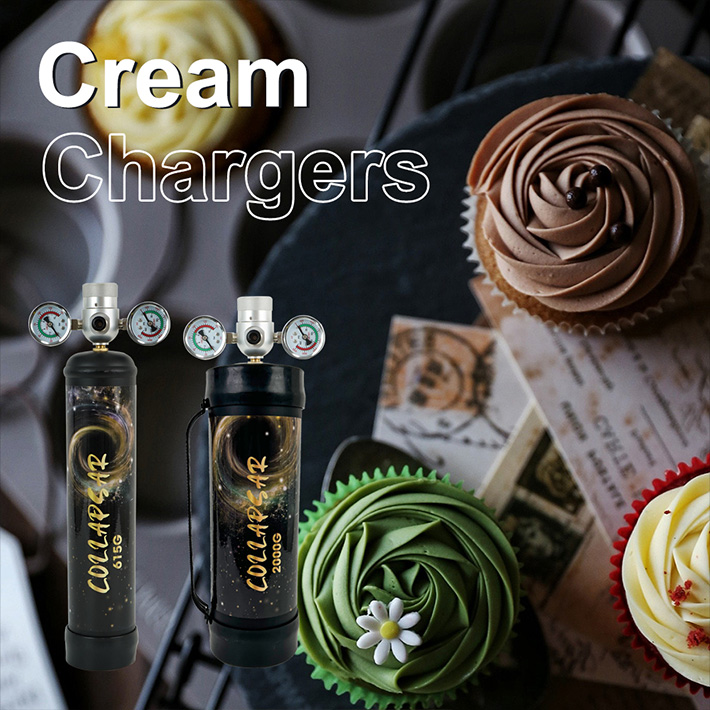When creating that perfect dollop of whipped cream, there is a fine line between achieving a velvety, airy texture and falling into the trap of overwhipping. The process of whipping cream is a delicate dance; it begins with the incorporation of air into the fat molecules, creating an ethereal foam that enhances desserts. However, should you continue whipping beyond the optimal point, a series of transformations occur that can lead to disappointment in both texture and flavor.

Understanding the Transformation of Whipped Cream
The Science Behind Whipping Cream
Whipping cream, particularly heavy cream, contains a high fat content, which is crucial for its unique ability to hold air and stabilize foam. When you whip cream, the fat molecules aggregate around pockets of air, forming a stable structure. This is akin to a construction project where strong beams (fat molecules) hold the weight of the ceiling (trapped air).
However, if you continue to whip the cream for too long, you can push past the point of optimal texture. The fat molecules, instead of forming a stable network, start to break apart. According to sources, this can lead to a collapse of your texture, resulting in a dense, clumpy mess where moisture is released as you whip too vigorously (source: cream-deluxe.com).
What It Looks Like—Visualizing the Process
Imagine the transformation as akin to a balloon that has been fully inflated. Initially, it expands beautifully, holding its shape as air is trapped within. With too much force, however, the rubber begins to tear, leading to a slow deflation. In whipped cream, this “deflation” manifests as a watery consistency, and if neglected to the extreme, you may end up with butter—a rather unfortunate end for what was destined to be dessert perfection.
Recognizing the Signs of Overwhipped Cream
From Fluffy to Frustrating: Textural Clues
Understanding the signs of overwhipped cream can be as crucial as the initial whipping itself. Initially, whipped cream will become fluffy and aerated, perfect for dolloping. However, as you whip further:
- Clumps Begin to Form: You’ll notice a rough, clumpy texture, indicating that the fat is no longer trapping air effectively (source: King Arthur Baking).
- Separation of Liquids: Eventually, you can even see liquid whey accumulating at the bottom—a telltale sign that the emulsion has broken down (source: Quora).
Flavor Changes: A Dual Perspective
An additional implication of overwhipping entails potential alterations in flavor. While cream is typically rich and slightly sweet, excessive whipping can lead to enhanced bitterness or tanginess. This transformation is akin to a once-great story that falters in its later chapters—what begins as a sweet delight transitions into a more acrid disappointment.
How to Rescue Overwhipped Cream
Remedies for Redemption
So, what can you do to salvage your overwhipped cream? Fortunately, not all is lost. As noted in various sources, one remedy is to introduce a small amount of half-and-half back into the mixture and whip gently to reintegrate the liquid with the clumpy remnants—an elegant blending of textures seeking reconciliation (source: Quora).
Preventive Measures
Alternatively, foresight is invaluable. To prevent the regret that often accompanies overwhipped cream, consider keeping your whipping time in check and monitoring the visual cues closely. Use a lower speed on your mixer until soft peaks form, then increase gradually, remaining vigilant to avoid surpassing the threshold into density.
Conclusion: The Art of Whipping Cream
In essence, the process of whipping cream is as much an art as it is a science. Recognizing the delicate balance and nuances in the whipping process allows for enhanced creativity in the kitchen. The act of whipping—a fundamental technique in many culinary disciplines—invites exploration and experimentation. Ultimately, understanding the transformations that occur when you whip cream for too long not only enriches your baking repertoire but also awakens a heightened respect for the delicate balances present in cooking. Whether you opt for the thrill of a perfect peak or the regret of overwhipped clumps, the journey into the world of whipped cream is, undeniably, a delicious one


